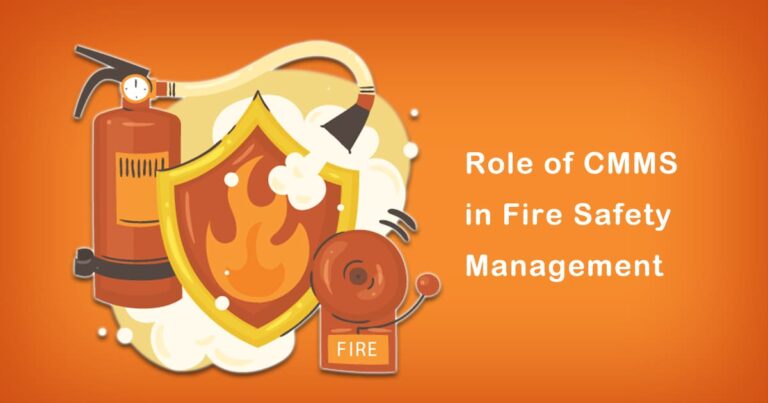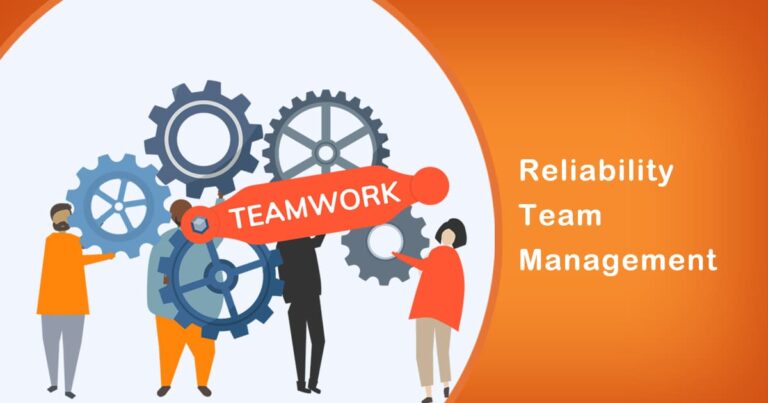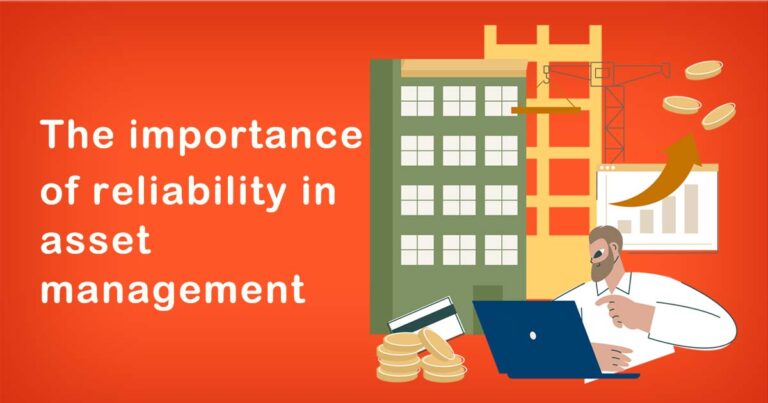Asset Life Cycle Management (ALCM) is the process of managing assets throughout their entire lifecycle, from acquisition to disposal. ALCM is a crucial aspect of any business that owns assets, including manufacturing companies, utility providers, and infrastructure operators. It involves optimizing the asset’s performance, minimizing the total cost of ownership, and reducing risk. In this blog, we will discuss the importance of ALCM in an Indian context, the various stages of the asset life cycle, and best practices for implementing ALCM.
Importance of Asset Life Cycle Management in India
India is rapidly developing, and as a result, there is an increasing need for efficient infrastructure, reliable energy supply, and sustainable manufacturing practices. The effective management of assets is a critical factor in achieving these goals. The Indian government has recognized this and is actively promoting initiatives to improve ALCM practices across the country.
According to a report by ResearchAndMarkets, the Indian ALCM market is expected to grow at a CAGR of 11.54% during the period 2021-2026. This growth is driven by the increasing need for effective asset management in various sectors such as transportation, energy, and manufacturing.
Stages of Asset Life Cycle Management
The asset life cycle consists of several stages, each with its own set of challenges and opportunities. The stages are as follows:
Planning and Acquisition:
This stage involves identifying the need for an asset and acquiring it. It includes determining the asset’s specifications, negotiating contracts, and conducting feasibility studies.
Commissioning and Deployment:
This stage involves installing and configuring the asset to ensure it meets the desired performance criteria. It also includes testing the asset and training personnel to use it effectively.
Operations and Maintenance:
This stage involves ensuring the asset performs efficiently throughout its useful life. It includes conducting regular maintenance, repairs, and upgrades to prevent downtime and optimize performance.
Decommissioning and Disposal:
This stage involves removing the asset from service and disposing of it in an environmentally friendly and cost-effective manner.
Best Practices for Asset Life Cycle Management
Implementing effective ALCM practices requires a holistic approach that involves all stakeholders. Some best practices for ALCM are:
- Establish clear policies and procedures for ALCM across the organization.
- Conduct regular assessments of asset performance and identify areas for improvement.
- Implement a robust maintenance program that includes preventative and predictive maintenance.
- Use data analytics to monitor asset performance and identify potential problems before they occur.
- Train personnel on the proper use and maintenance of assets.
- Develop a comprehensive plan for asset disposal that considers environmental impact and cost-effectiveness.
Conclusion
Effective Asset Life Cycle Management is crucial for businesses to ensure optimal performance, reduce costs, and mitigate risk. With India’s rapid development and increasing need for infrastructure, reliable energy supply, and sustainable manufacturing practices, ALCM is becoming more critical than ever. By following best practices and implementing a holistic approach to ALCM, businesses in India can maximize the value of their assets and contribute to the country’s overall growth and development.








